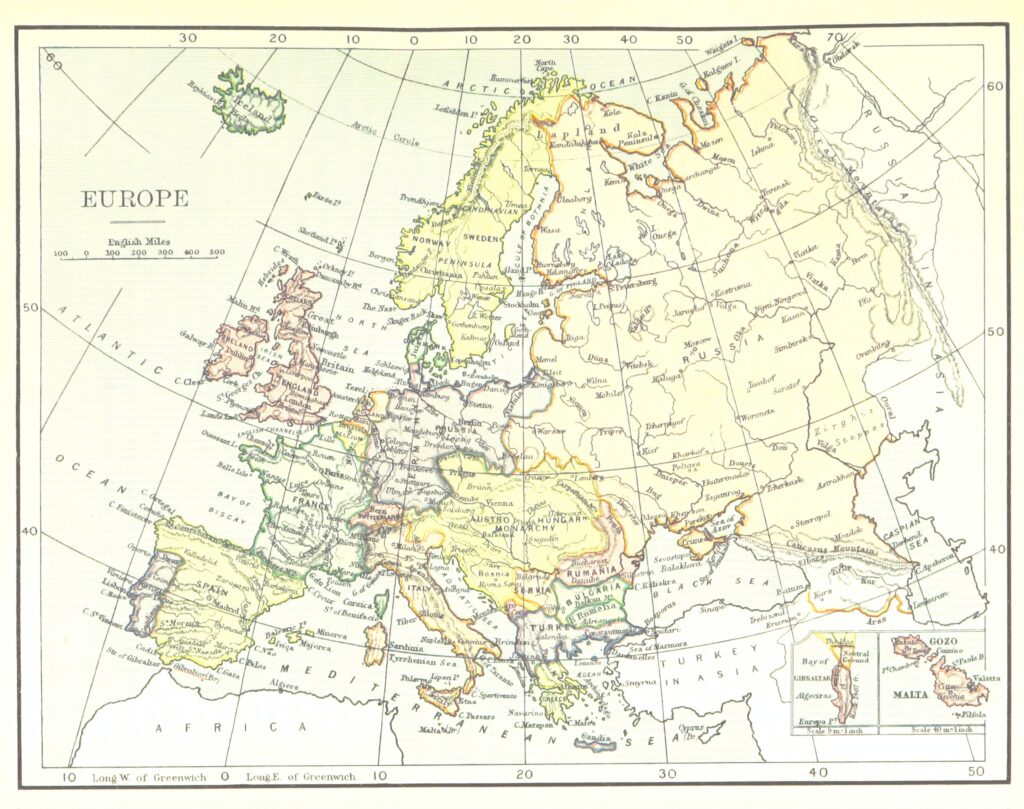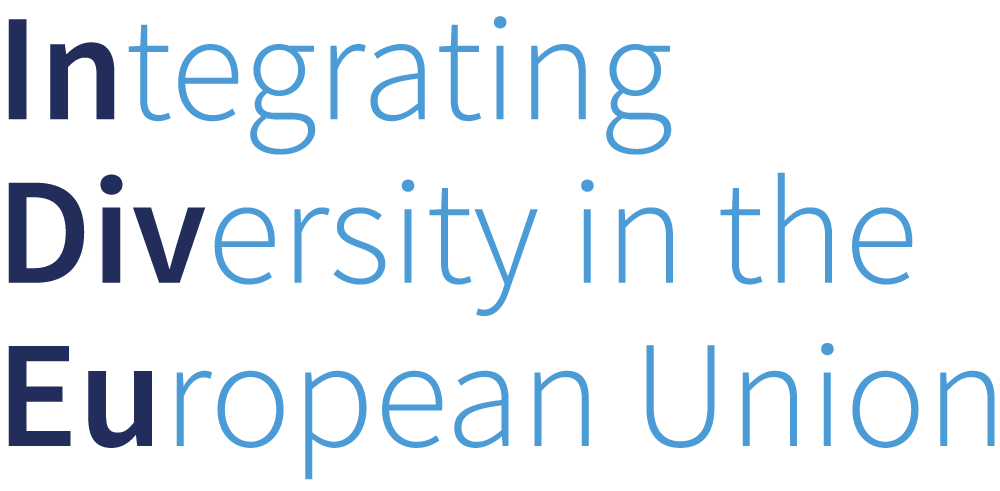Christian Frommelt (Liechtenstein Institute)
Brexit has given new attention to the various models of external differentiation. At the centre of this interest are questions of institutional design: How to keep agreements up to date in light of relevant new EU law? How to monitor partners’ compliance? How to ensure the uniform interpretation of agreements in line with the EU law from which they are derived? And how to settle disputes between the parties? In other words, the institutional design of external differentiation must address the entire process, from policy formulation to policy implementation to the settlement of potential disputes.
Various approaches can be taken to categorise the different models of external differentiation. Among other things they distinguish between:
- Bilateral and multilateral models,
- Static and dynamic models,
- One-pillar and two-pillar models, and
- The incorporation of EU law and the recognition of the equivalence of national and EU law.
These categorisations are helpful to gain an overview of the various possible models and their mechanisms. However, they rarely do justice to the institutional complexity of externally differentiated integration. This is also evident in the European Economic Area (EEA).
Main principles of external differentiation
The EEA is generally regarded as something like the archetype of external differentiation. It provides for substantial functional and institutional integration between the EU and the participating EFTA States: Iceland, Liechtenstein and Norway. Due to its broad functional scope and elaborate institutional framework, it is undoubtedly the most far-reaching model of integration of non-Member States with the EU. Since the EEA is an institutional benchmark for a privileged partnership with the EU, it can also be used to analyse the institutional challenges that come with external differentiation.
Negotiations on the EEA were based on the same institutional principles that the EU applies today to the United Kingdom and Switzerland. These are, in particular, to protect the autonomy of EU decision making and to protect the integrity of EU law. The EU’s desire to preserve its decision-making autonomy means that non-Member States do not have the right to vote in the decision-making process at EU level. The protection of the integrity of EU law means that access to the EU’s internal market for non-Member States can only be based on EU law.

Different procedures for EEA decision making
One of the most significant challenges of external differentiated integration is the lack of congruence of rule makers and rule takers. The EEA is no exception here. It requires the continuous incorporation of new EEA-relevant EU rules into the EEA Agreement, while the EEA EFTA States’ participation in EU policy making is limited in various aspects. However, empirical analyses of the standard procedure for EEA decision making show that the EEA EFTA States could preserve a surprisingly large amount of room for manoeuvre, for instance by deliberately delaying the incorporation of politically sensitive acts into the Agreement, and by making EEA-specific adaptations to EU acts. On the other hand, they were forced to introduce simplified procedures for EEA decision making in order to cope better with the high legislative dynamics of the EU. These procedures give priority to the efficacy of the EEA over the decision-making autonomy of the EEA EFTA States by establishing a more or less automatic rule transfer from the EU to the EEA.
Participation in EU agencies
The EEA EFTA States’ participation in EU agencies that can take legally binding decisions of EEA relevance is another institutional challenge for the EEA. According to the logic of the two-pillar structure, the competence to take such decisions vis-à-vis the EEA EFTA States must be located within the EFTA pillar. However, this has the potential to undermine the homogeneity of the EEA as EU agencies are characterised by a particularly high level of expertise and degree of independence, and therefore cannot simply be replaced by an authority of the EFTA pillar. The institutional arrangements for the EEA EFTA States’ participation differ for each EU body. This piecemeal approach begets the risk of increasing complexity and inconsistency, which is likely to raise the administrative and democratic costs of the EEA.
No solution in sight?
It is likely that for most EU agencies the participation of the EEA EFTA States would have been agreed much faster by combining the requirement of full participation in the agency with the offer of full voting rights. Likewise, the legality of this arrangement would be higher and the democratic cost for the EEA EFTA States lower. Thus far, however, the EU – for understandable reasons – has been very consistent in preserving the autonomy of its decision making, which is very unlikely to change in the near future. In a recent paper I therefore raised the question of the extent to which the EU should enable the functional integration of non-Member States when it restricts their institutional integration. The paper cannot ultimately answer the question, but shows with various examples that the search for an effective and democratic institutional design for external differentiated integration will continue.
